#013: Characteristics of Division Basidiomycota
Division Basidiomycota (also called Phylum Basidiomycota) accounts for about 37% of all described fungal species. This division contains the fungi that people are most familiar with. The classic “Mario mushroom” (based on Amanita muscaria), the grocery store button mushroom and other varieties of Agaricus bisporus, shiitakes, oyster mushrooms, and even the major “magic mushrooms” are all basidiomycetes. However, the Basidiomycota also include rusts and smuts, which are economically important plant pathogens, some yeasts, and a few lichenized fungi. Like the Ascomycota, the Basidiomycota fill a variety of different ecological roles. Many form mycorrhizas with plants, others parasitize plants, a lot decompose organic material, and some live in a variety of symbioses with insects. The Basidiomycota are commonly referred to as “basidiomycetes,” “basidios,” or “club fungi.”

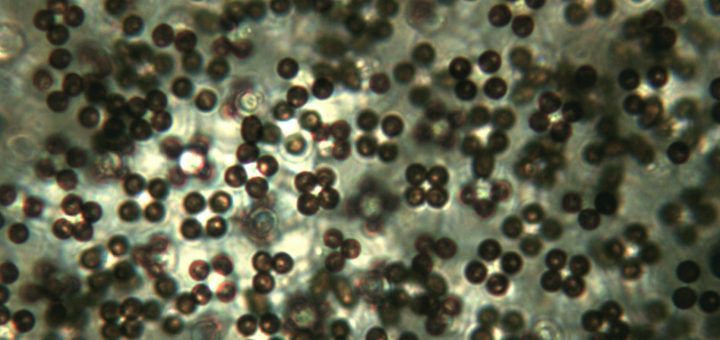
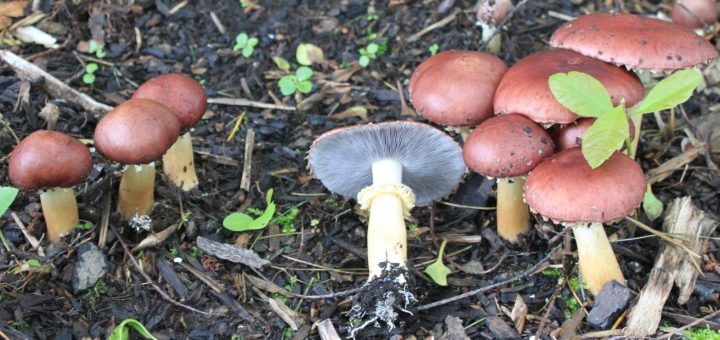
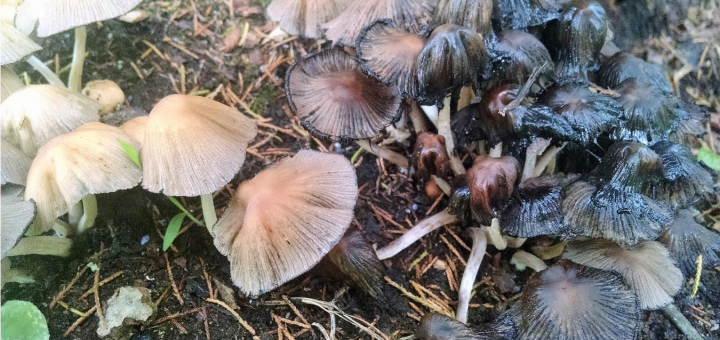
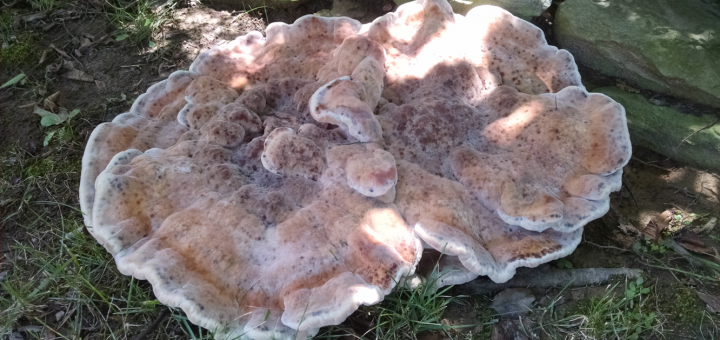
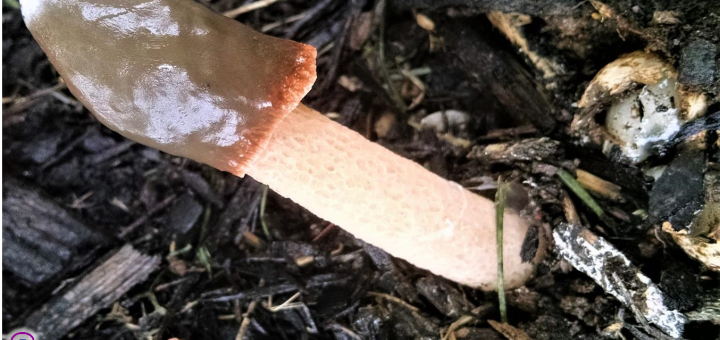
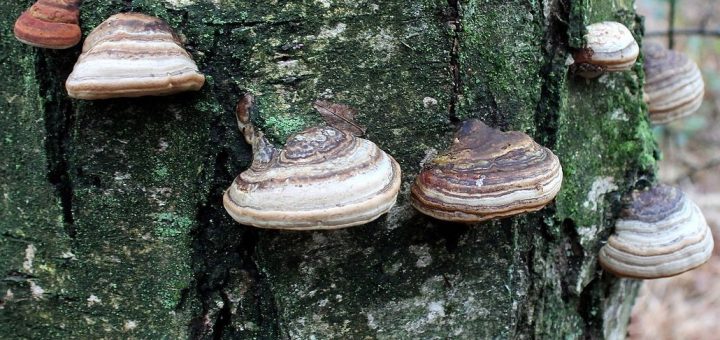
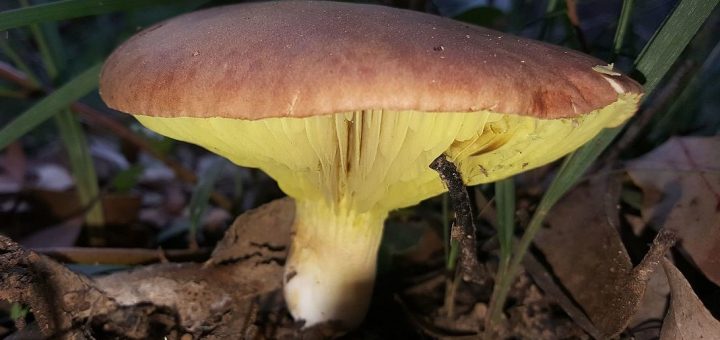
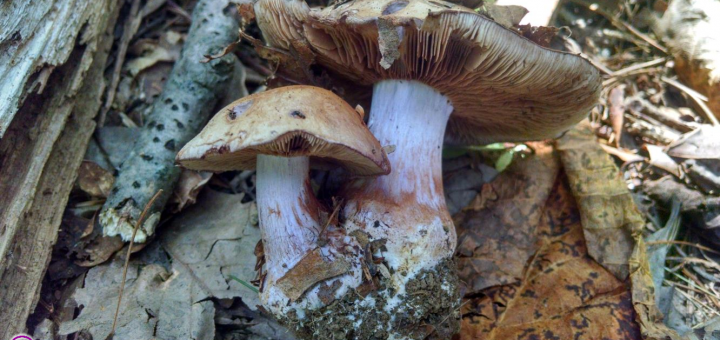
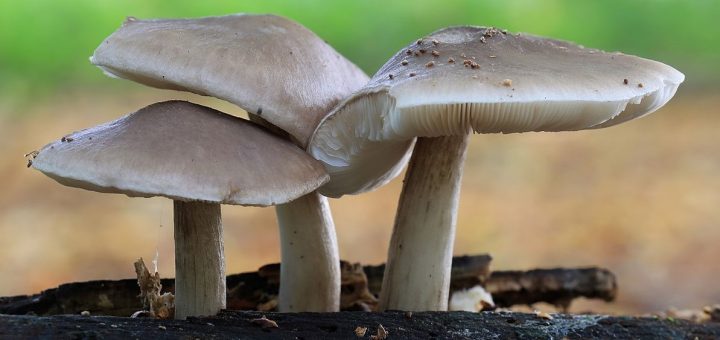





![#011: Characteristics of Kingdom Fungi [Archived]](https://www.fungusfactfriday.com/wp-content/themes/hueman/assets/front/img/thumb-small-empty.png)
